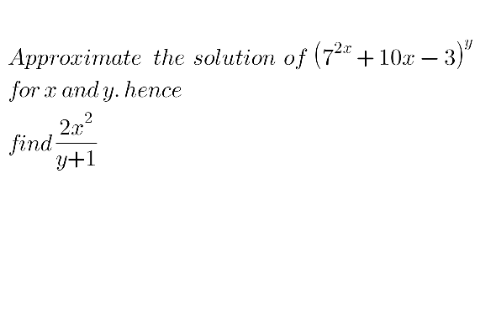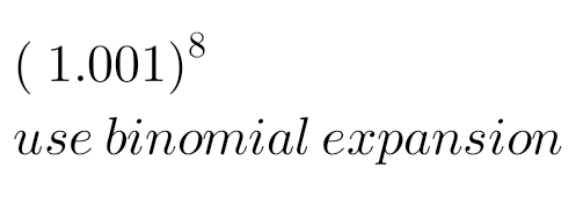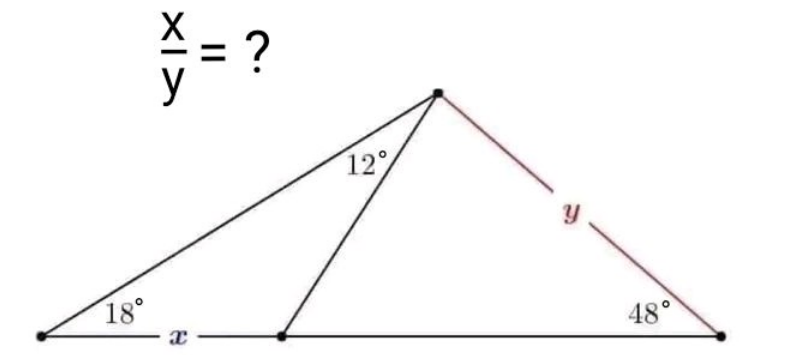
AllQuestion and Answers: Page 345
Question Number 187072 Answers: 0 Comments: 0
Question Number 187069 Answers: 1 Comments: 0
Question Number 187066 Answers: 3 Comments: 1

Question Number 187059 Answers: 1 Comments: 1

Question Number 187054 Answers: 0 Comments: 2

Question Number 187053 Answers: 1 Comments: 0
Question Number 187051 Answers: 0 Comments: 1

Question Number 187050 Answers: 0 Comments: 1
Question Number 187046 Answers: 1 Comments: 0
Question Number 187029 Answers: 1 Comments: 0

Question Number 187027 Answers: 1 Comments: 0

Question Number 187025 Answers: 1 Comments: 0

Question Number 187044 Answers: 0 Comments: 0
Question Number 187020 Answers: 0 Comments: 1
Question Number 187011 Answers: 0 Comments: 0
Question Number 187010 Answers: 0 Comments: 0
Question Number 187008 Answers: 2 Comments: 0
Question Number 187007 Answers: 0 Comments: 2
Question Number 186999 Answers: 0 Comments: 0

Question Number 186998 Answers: 1 Comments: 1

Question Number 186996 Answers: 1 Comments: 0

Question Number 186989 Answers: 0 Comments: 0

Question Number 186983 Answers: 3 Comments: 0

Question Number 186960 Answers: 1 Comments: 0

Question Number 186958 Answers: 0 Comments: 0

Question Number 186952 Answers: 2 Comments: 0

Pg 340 Pg 341 Pg 342 Pg 343 Pg 344 Pg 345 Pg 346 Pg 347 Pg 348 Pg 349
